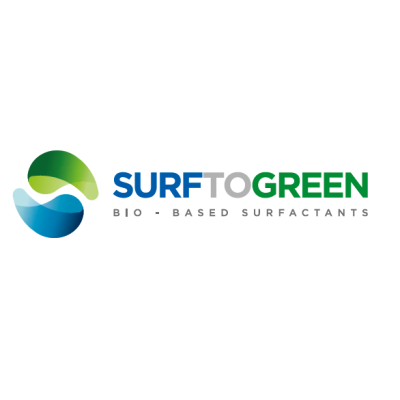
SurfToGreen
Bio-based sustainable SURFactants TO foster GREEN industry

Bio-based sustainable SURFactants TO foster GREEN industry
The SurfToGreen project addresses the pressing environmental concerns, such as CO2 emissions and microplastics pollution, stemming from the widespread use of fossil-based surfactants and polymers in industrial applications. The development of effective bio-based surfactants remains limited due to performance and production throughput constraints.
SurfToGreen aims to provide a comprehensive solution by developing a new portfolio of fully bio-based surfactants for key industrial applications. By using renewable biomass-derived building blocks sourced from EU agricultural and forest side streams, the project seeks to create surfactants with over 95% bio-based content.
The project will validate the effectiveness, sustainability and safety of its bio-based formulations in industrial demonstrators for home and personal care, textile enhancement, and agriculture. This strategic approach, involving collaboration between major market players and small businesses, aims to gain significant market share and compete against existing products to ensure a paradigm shift towards more environmentally friendly practices.
SurfToGreen aims to provide versatile, robust, and scalable bio-based surfactants solutions in high-performance key industrial applications. The main objectives are: